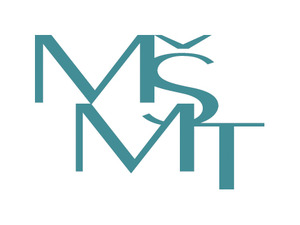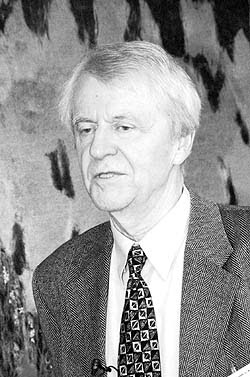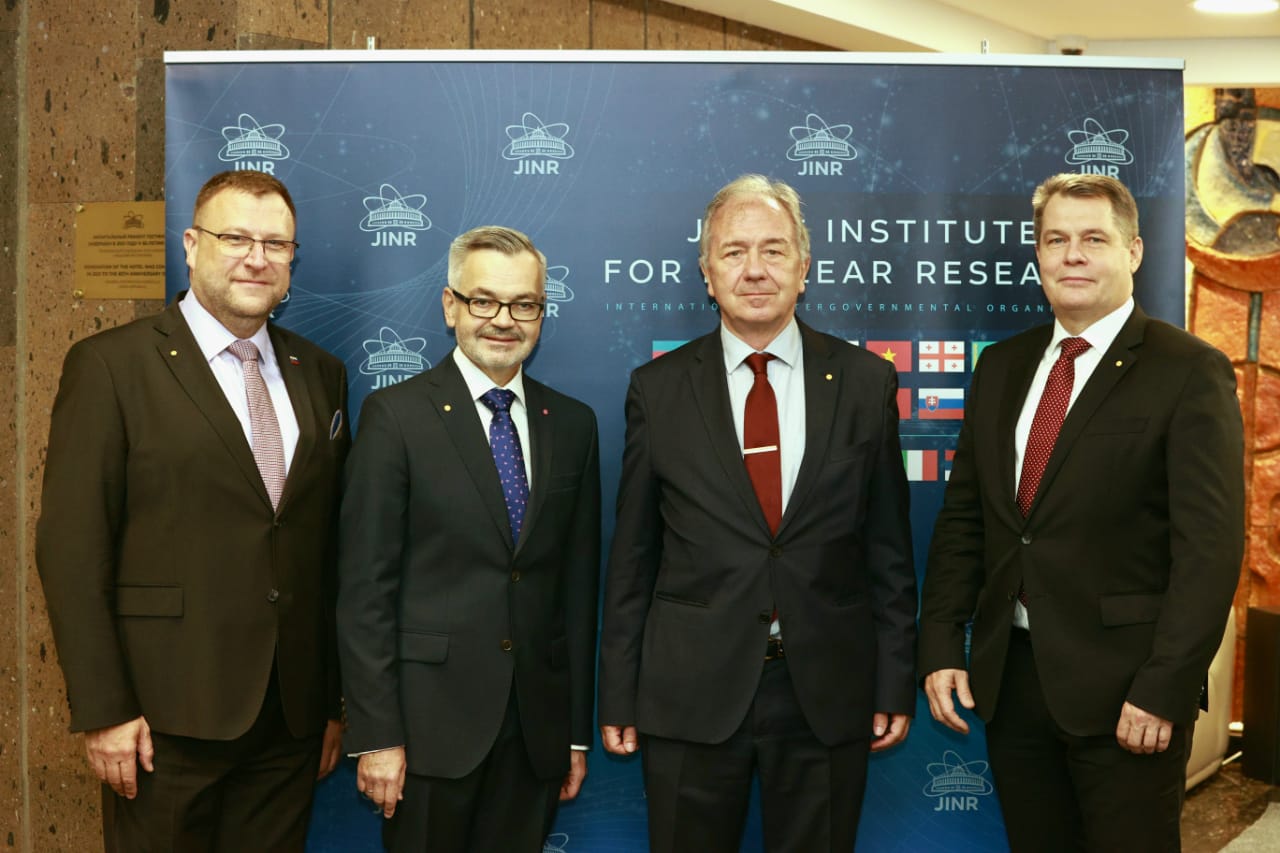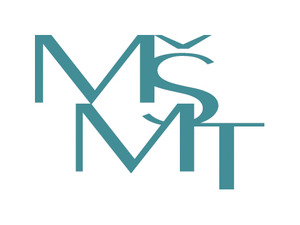Mutagenic effects of accelerated Ne-20 ions on the Chinese hamster cells.
Author
| Bláha Pavel, Ing. | Faculty of Nuclear Sciences and Physical Engineering CTU, JINR Dubna |
| Govorun R.D. | JINR |
| Elsha D.V. | JINR |
| Koshlan I.V. | JINR |
| Koshlan N.A. | JINR |
| Torubarova A.N. | JINR |
Year
2013
Scientific journal
XVII Conference of Young Scientists and Specialists Proceedings, p. 273-277
Web
Abstract
The exposure of living cells to ionizing radiation can induce several types of mutations, which can influence the growth of the mutant colonies and subclones. The effects of the accelerated Ne-20 ions on the Chinese hamster cells (line V-79) are studied. The irradiation with Ne-20 ions (Ea = 53 meV/nucleon, LET ~ 138 keV/um) was conducted on the "Genom" setup of the FLNR accelerator U-400M; the cells were exposed to doses 0.5, 1 and 2 Gy. The mutations were studied in the HPRT gene which is responsible for the synthesis of purines through the “salvage pathway”. This work is focusing particularly on the changes in the rate of mutagenesis with increasing expression time (time for the expression of mutations) and the differences in the time of growth of isolated mutants. It is shown that the mutant frequency of radiation induced mutants is growing with the expression time, reaching maximum around 15-18 days (30-40 generations) after exposure, and decreasing back to the levels of spontaneous mutants. The effects of neon ions are compared to older results – mainly to the irradiation with 18O (36 MeV/nucleon; LET ~ 116 keV/µm).
Unusual morphological signs of the mutant subclones are discussed.
Unusual morphological signs of the mutant subclones are discussed.
Cite article as:
P. Bláha, R. Govorun, D. Elsha, I. Koshlan, N. Koshlan, A. Torubarova, "Mutagenic effects of accelerated Ne-20 ions on the Chinese hamster cells.", XVII Conference of Young Scientists and Specialists Proceedings, p. 273-277 (2013)


 MINISTR ŠKOLSTVÍ KE SPOLUPRÁCI ČR S SÚJV
MINISTR ŠKOLSTVÍ KE SPOLUPRÁCI ČR S SÚJV INTEREST JINR, Wave 6
INTEREST JINR, Wave 6 The passing of Ivo Zvára
The passing of Ivo Zvára Call for the projects solved in collaboration with JINR (Projects 3+3)
Call for the projects solved in collaboration with JINR (Projects 3+3)  Call for the Grants of the Plenipotentiary of the Government of the Czech Republic in JINR
Call for the Grants of the Plenipotentiary of the Government of the Czech Republic in JINR Czech Ambassador in Russia visited JINR
Czech Ambassador in Russia visited JINR INTEREST JINR, Wave 5
INTEREST JINR, Wave 5 Russia Visa Centre
Russia Visa Centre Working Stays CR - JINR 2022
Working Stays CR - JINR 2022